It’s the end of August! I’m already thinking about fall, even though summer is still in full swing here.
Let’s start with the fun stuff! If you’ve preordered a copy of Veg-Table ➡️ fill this form out and sign up to join me in a private online class where we will cook from the book in October and November. We’ll cook, eat, and chat our way through. I’ll announce tour dates in September, so watch for that email.
This month, we’ve cooked many new recipes: my Green Goddess Rassam, my ode to the South Indian lentil soup/stew, and the San Francisco Salad Dressing. Make Çilbir or Turkish eggs for breakfast and brunch, a dish that I first learned to cook with Nigella Lawson when she visited the test kitchen at the San Francisco Chronicle. This Summer Granola is filled with the sweet flavor of dried tropical fruits like pineapples, mangoes, bananas, and even coconut. Make a big batch to snack on.

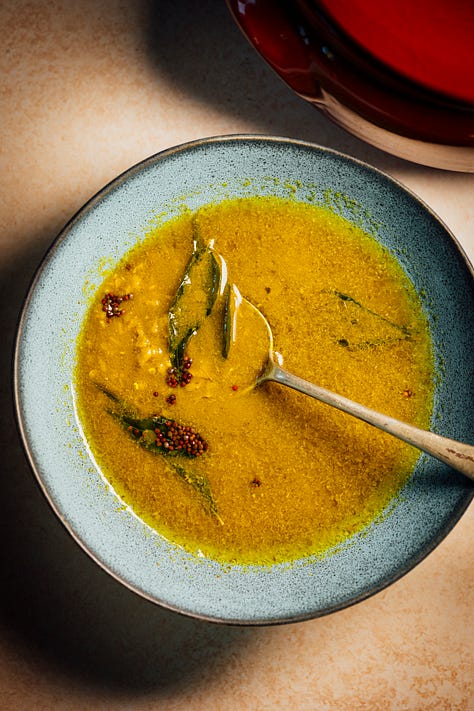
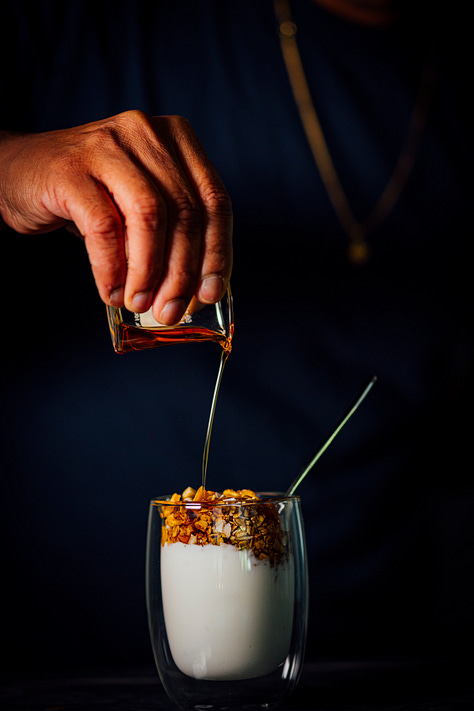
Books I’m reading: Comfort and Joy by Ravinder Bhogal; this book is a treat to read and cook from. I’m almost at the end of Sapiens - A Brief History of Humankind by Yuval Noah Harari, which is a fascinating and insightful look at how humans evolved through history.
I missed this, so you can imagine how happy I was to see Veg-Table included in The Library Journal Editor’s Fall Picks of the Year. Also included are
debut book, Start Here, that I’ve had a sneak peek at, that I know you’ll love as much as I do.
Today’s newsletter carries a title that’s a tad bit dramatic. We’re talking about some of the dangerous vegetables we eat.
Throughout history, humans have tried to remove them by breeding them or using methods to destroy the poisons and render them inactive. Humans have also used these plant poisons to kill, and there are frequent mentions of instances where people employed plant poisons in assassinations to achieve their ulterior motives. For example, belladonna from the nightshade plant family was used to create poisonous arrows, and Socrates was poisoned with tea or water mixed with hemlock. Plant poisons are even popular in crime literature. One of my favorite crime writers, Agatha Christie, was fascinated by poisonous plants and their toxic chemicals, and they often showed up in her books - morphine, ricin, belladonna, cyanide, etc. The list is long.
But plant poisons have been tremendously useful in science and technology. Lectins, a toxic carbohydrate-binding protein found in many plants, including beans, is used in medicine to identify blood groups and separate and isolate stem cells. Several toxic plant chemicals are also being used to develop treatments that target diseases like cancer and a wide variety of bacterial, viral, and fungal infections. New technologies also utilize plant toxins to kill harmful insects that destroy plants and crops.
When I began working on Veg-Table, I came across several vegetables that must be carefully prepped before use or could lead to serious consequences. These vegetables produce and contain naturally occurring toxic chemicals that protect them from predators and harmful infections. Fortunately, the toxins are easy to remove, and we can enjoy the vegetable and all its nutritional benefits.
Many of the toxic chemicals in plants that are poisonous to us are also bitter to taste. In fact, our taste of bitterness developed as a way to help us protect ourselves from poisons. Some people are allergic to some of these vegetables and the chemicals present in them; exposure to them can develop into mild rashes and even severe life-threatening reactions. There are some plants, like cacti, that you might not want to grab directly with your hands, or you will get stabbed and wince in pain. Once again, the nerve receptors on our skin are sensitive to guide and remind us to be more careful. Notice a running theme here: evolution. Our bodies evolved by developing protective responses to potentially harmful things in our environment, including dangerous vegetables.
Without further ado, here are some “dangerous” veggies you’ll encounter in Veg-Table.
Yams
Nope, not sweet potatoes; I’m talking about the original yams from Africa that belong to the Dioscoreaceae plant family (Sweet Potatoes belong to the Convolvulaceae, aka the Morning Glory family). Yams contain toxic chemicals like diosbulbins, histamines, and cyanogens that must be rendered inactive before the vegetable can be eaten. To do this, peel and boil or roast the yams. The heat will destroy these chemicals, making the vegetable safe to consume.
Bamboo
I keep a few cans of bamboo shoots in my pantry for my Indo-Chinese fried rice; it adds a lovely crunch to the softer textures. On the other hand, I don’t buy raw bamboo as often because my grocery store doesn’t carry it, but if I take a trip to H-Mart, I will pick some up. Raw bamboo contains bitter-tasting toxins called cyanogenic glycosides that are also seen in apples. Boiling peeled, raw bamboo in salted water makes it safe to eat, and once cooked, the boiling water should be discarded. With canned bamboo, the issue of toxicity doesn’t arise as it’s already precooked and won’t contain these toxins.
Cassava
Cassava is one of my favorite starchy vegetables. I use it just like potatoes, and it’s a wonderful palette to try new flavors with. But cassava needs some extra love before it can be eaten. Within this vegetable are two naturally occurring forms of cyanide - linamarin and lotaustralin. Luckily, boiling in salted water removes these toxins. Once that’s done, the cassava is yours to flavor and enjoy.
The Nightshade Family
This big plant family includes potatoes, tomatoes, tomatillos, peppers, eggplant, etc. The tobacco plant is also a member of this plant family. Not all parts of the plant are edible; in most cases, the plant's fruit can be eaten. An exception is the potato, which is a stem. The nightshade plants produce toxic chemicals called alkaloids, like solanine. Solanine is a natural fungicide for the plant, protecting it from disease, but it is toxic to us.
When potatoes are left out and exposed to sunlight, their skins turn green, and the amount of solanine rises. Green tomatoes also contain solanine, but by comparison to potatoes, the quantity is much less. There are a few reports of people dying tragically from eating green potatoes, but I haven’t seen any reports related to green tomatoes. We cook fried green tomatoes and even pickle them in the South, and some chefs make a “green tomato water” with a rich, savory flavor. So, cooking with green tomatoes isn’t unheard of. But to get sick from a green tomato, you’d need to eat a very large quantity of them.
Legumes
Legumes like beans and peas contain an interesting family of molecules called lectins that can bind carbohydrates. Lectins are not only limited to legumes but are also found in many plants, including wheat, but by comparison, beans contain the highest amount. These proteins can bind receptors on the surface of blood cells and cause poisoning and gastroenteritis. Often, recipes might caution you to cook your red kidney beans all the way through; lectins are the reason. However, cooking eliminates the lectins and renders them safe to eat.
Cacti
I included the edible cactus or nopalitos in this grouping because it’s not exactly a plant you’d want to touch or hold without taking some extra precautions. A stab from one of those tiny spikes covering the paddle can be very painful. Not all cacti are edible, but the fruit from most cacti are edible. I grow the paddle cactus in my backyard and frequently use it to make a grilled cactus salsa, and sometimes, I’ll throw it into my salads. Before cooking, I remove the spines off the surface using a peeler or a small paring knife and then boil or grill.
This October, we’ll cook through these vegetables and enjoy every bite, so keep your copy of Veg-Table ready!




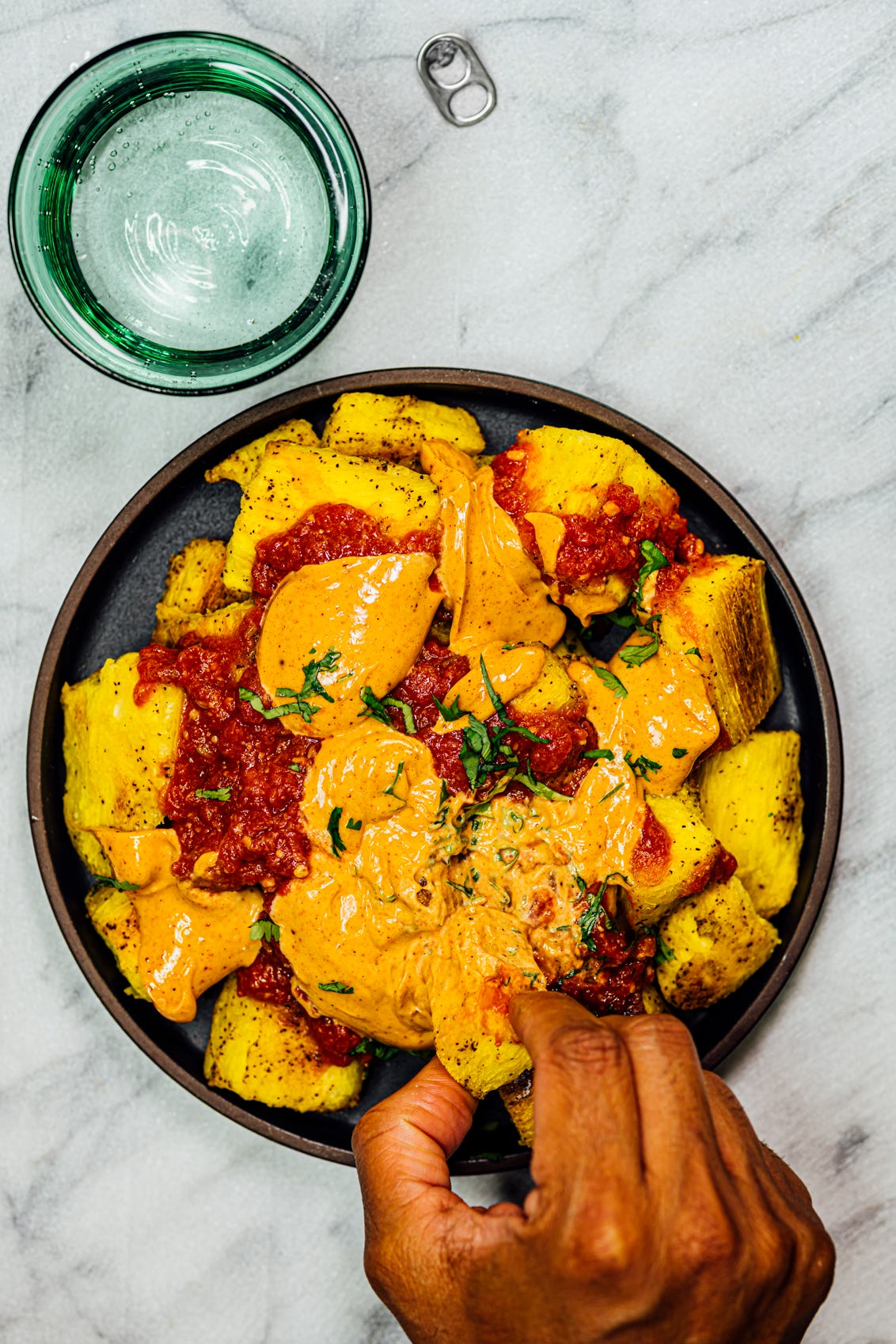
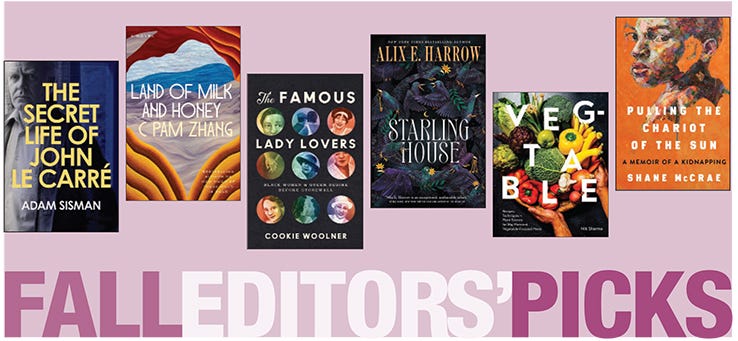
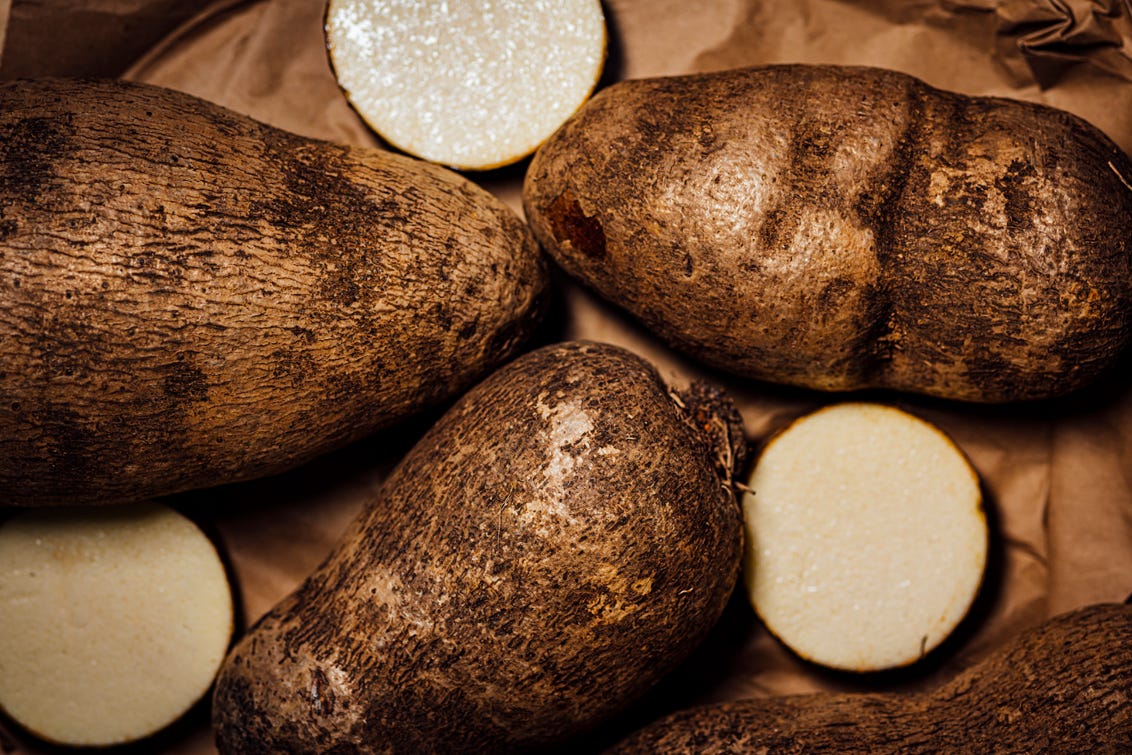
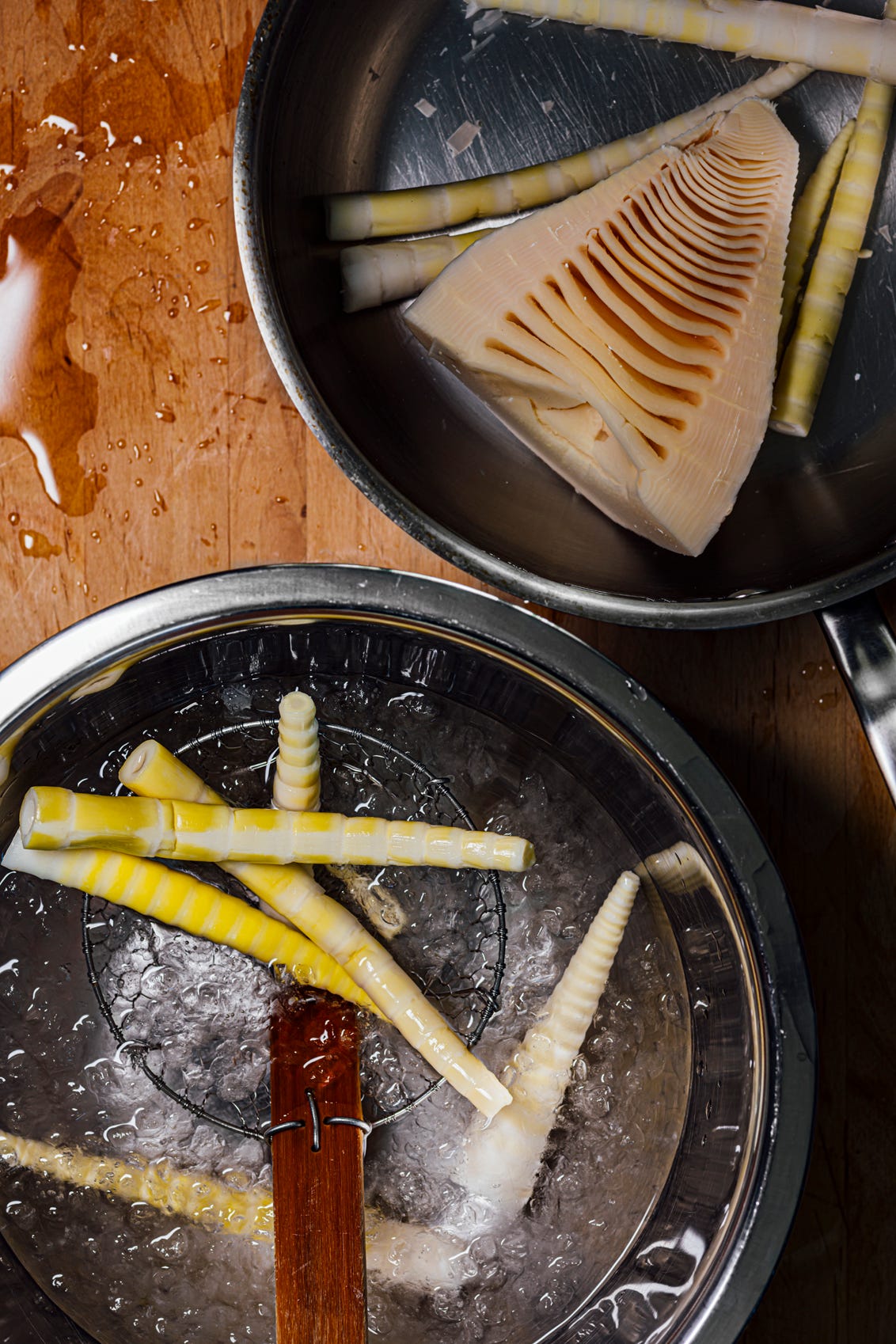


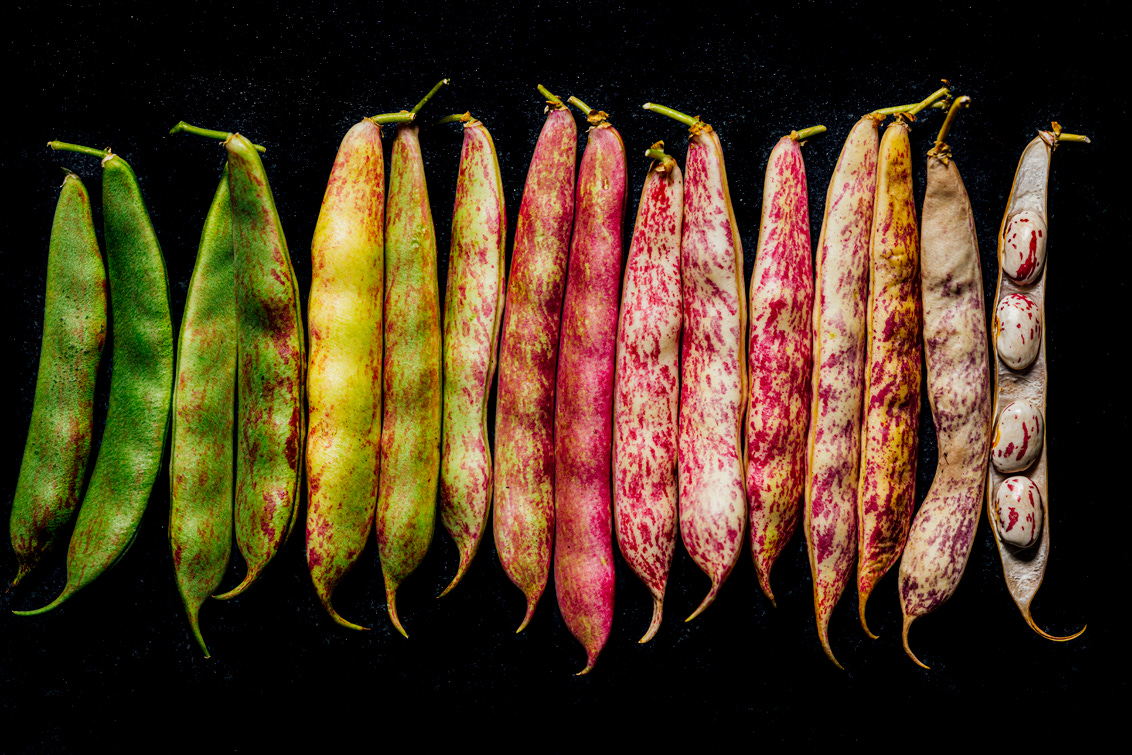
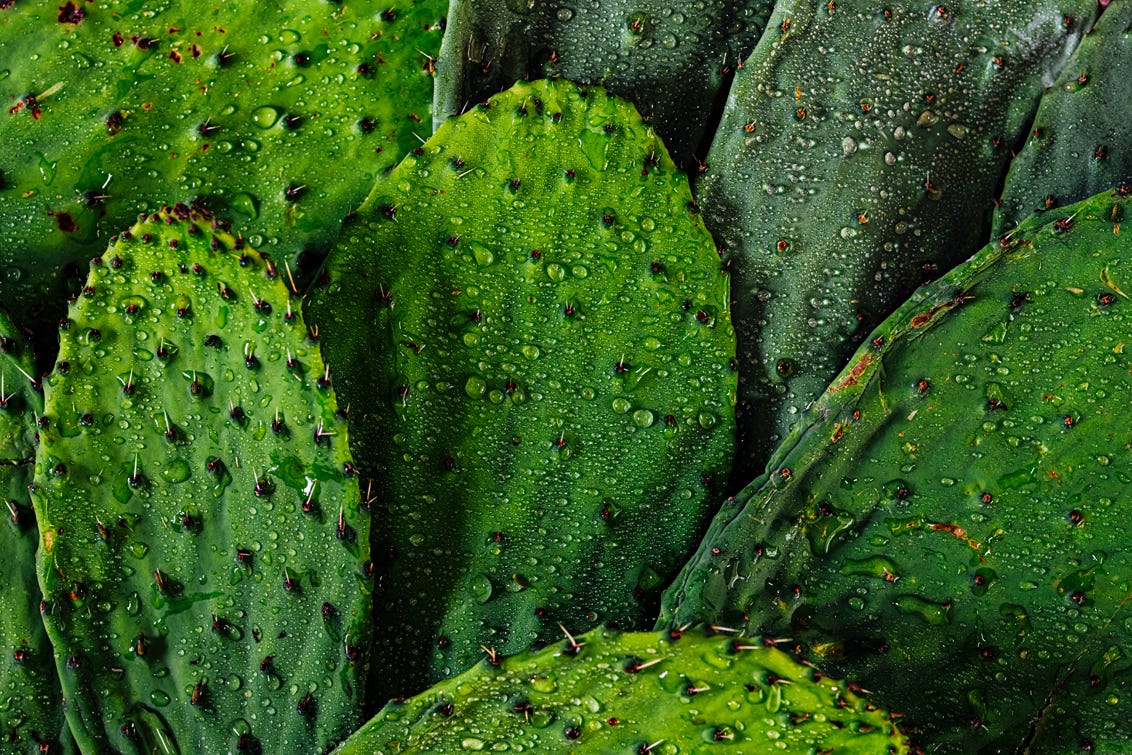
The legumes bit surprised me. With all the talk of them being such a superfood, who knew it was a double edged sword! Also a few years ago I got fresh bamboo shoots from a farm up north. I remember prepping them to remove the toxins and thinking "I really hope I did this right..." 😆 in reality like you said, humans have been eating these veg for SO long, that there should be no fear. Just gotta follow some basic rules which you lay out great. Can't wait for the cooking classes! (Also isn't "Sapiens" mind blowing? I think about that book so often)